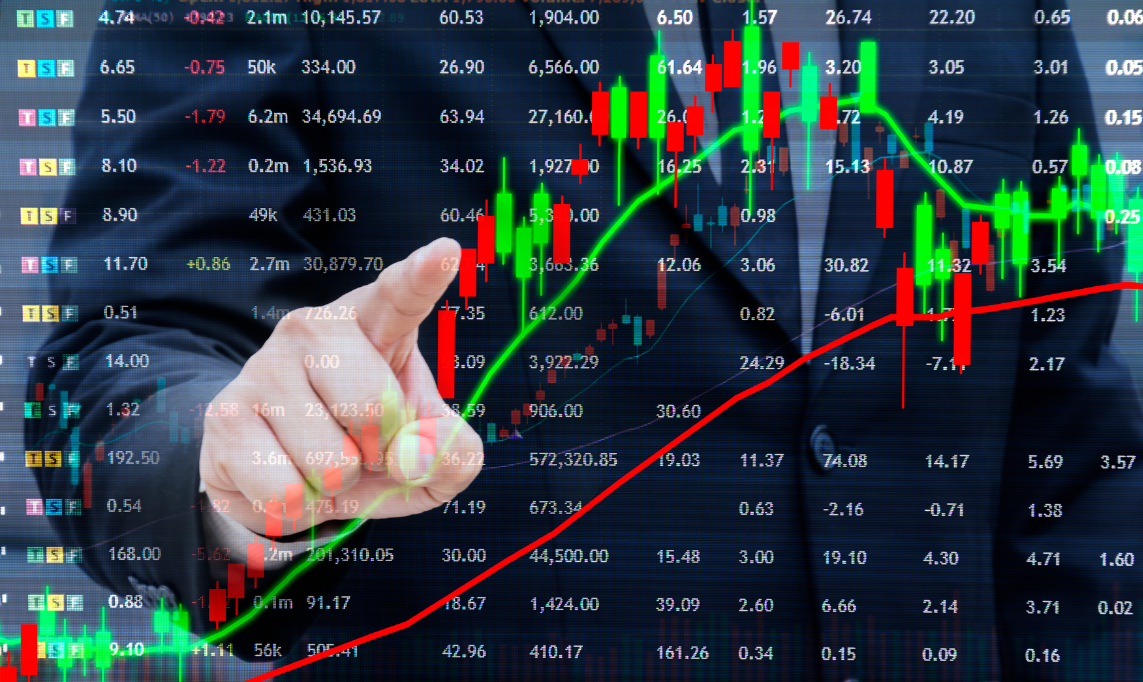At how many knots are the winds of recession traveling? What is the outlook for GDP? Will the second half of the year be Bear or Bull? Increasingly pressing questions downstream from the slowdowns in European and world stock markets in recent days, trailed downward by the U.S. private sector employment figure and the services Ism, which fell less than expected. Thus, clouds are returning to financial markets, and those who were betting on an easing of restrictive monetary policies are likely to be disappointed: the robust U.S. labor market, the minutes of the latest Fed meeting, and the performance of the U.S. services sector confirm the strength of the U.S. economy at this stage and leave ample room for maneuver for the Fed's "hawks."
For all these reasons after the recent slowdown in inflation and the boom in European and world stock markets in the first half of the year, savers and investors, now that the roller coaster is starting up again, are wondering what will happen in the second half of 2023. To begin to answer this question, it is good to start with the new ECB survey data that showed that average inflation expectations for next year will fall to 3.9 percent, the lowest since the start of Russia's war in Ukraine.
Good news but certainly not an end point. The CPI (consumer price index) is still well above the former Eurotower's 2 percent target and core consumer prices remain high. High interest rates are also hurting the housing market: official data showed that house prices in the Eurozone fell for the second consecutive quarter, the first two consecutive contractions in nearly a decade.
A tentative positive sign, however, is coming from manufacturing. New data from the Pmi survey for the services sector in June showed a cooling of price pressures in the eurozone. Input costs remained high but fell to a 25-month low, with firms moderating price increases in response. The sector is still fragile, with growth slowing, although job creation has remained solid. The slowdown in momentum was most evident in France, a country hit by protests and strikes over pension reform, along with tougher financing conditions and weaker demand.
The highlight of the Pmi data series as highlighted by the Financial Times in an ad hoc in-depth feature is China where slower than expected services activity has reinforced concerns about the strength of the country's recovery, dragging down stocks in Asia and Europe. While in the United Kingdom, the picture is two-speed. Momentum in the last quarter was weak as new order growth slowed, although job creation was robust. Purchasing cost inflation fell to its lowest level since May 2021, while business and consumer spending remained resilient.
 Generoso Perrotta, Head of Financial Advisory at Banca Generali
Generoso Perrotta, Head of Financial Advisory at Banca Generali

/original/Testo+del+paragrafo+%2825%29.png)

